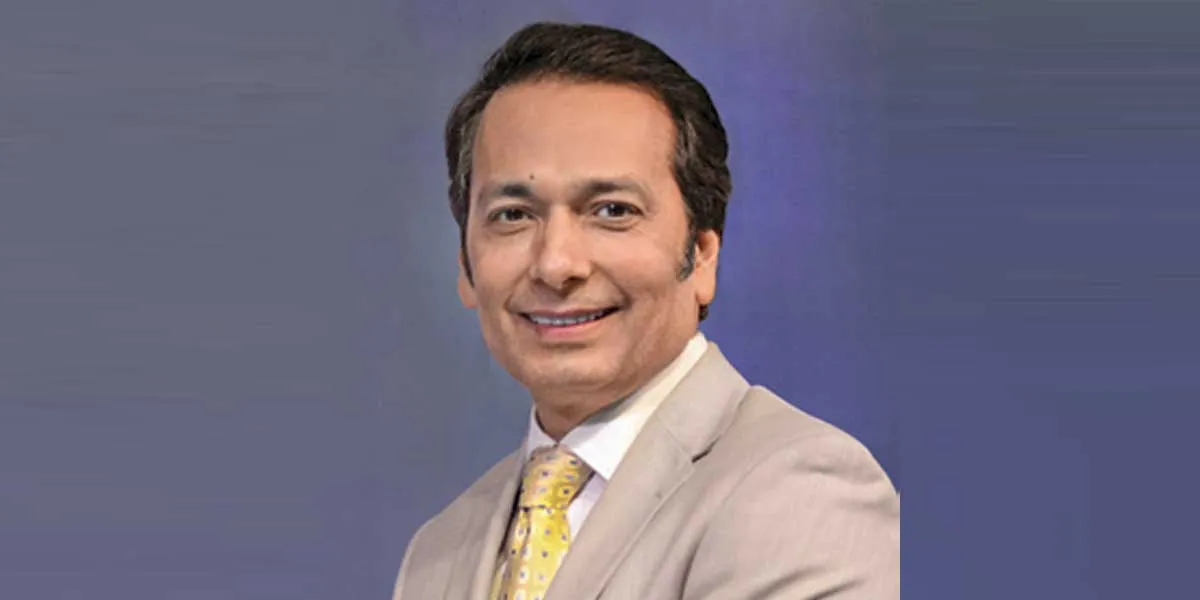In my last editorial, I indicated that the tariff issue is most likely to be settled. More specifically, I stated, “India is an important market for the US to ignore; therefore, I foresee a thawing of this punitive action in some form over time.”
Blackstone is the largest alternative asset fund manager in the world and has $ 1.2 trillion in assets under management. During its quarterly call in July 2025, Steve Schwarzman, Chairman and CEO, credited certain factors for the fund’s best quarters in history: “Our deployment has emphasised areas benefiting from long-term secular megatrends, such as digital and energy infrastructure, digital commerce, private credit, life sciences, and India. These areas have also been among the largest drivers of appreciation in our funds.” Yes, India was clearly one big reason for their success as they made IPO exits with their REIT funds. Clearly, President Trump cannot ignore the interest of its largest money managers. The tariff issue settlement is imminent.
Blackstone is one of the largest investors in India with over $ 50 billion of assets under management since inception: of that, $ 20 billion is in real estate. India’s real-estate sector is projected to grow into a $ 5-10 trillion market by 2047, contributing nearly one-fifth of the country’s GDP, according to a report by CREDAI and Colliers. The report also notes a major shift in market structure, with real-estate investment trusts (REITs) projected to account for 40-50 per cent of real-estate market capitalisation by 2047, up from the current 10 per cent.
The Indian real-estate sector has attracted nearly $ 80 billion of institutional investments in the past 15 years, with strong contribution from foreign investors at 57 per cent. India witnessed a historic $ 81 billion worth of foreign investments in FY24-25 alone. The Government now targets annual FDI inflows of $ 100 billion, up from the five-year average of over $ 70 billion, as India positions itself as a global investment hub amid shifting supply chains.
Capital investment by the private sector is likely to rise 21.5 per cent to Rs 2.67 trillion in 2025-26 aided by the 100-bps policy rate cut and GST reform, according to an RBI article. The rate of projects envisaged by the private sector has indeed evolved to a mega scale. Whether it is the Reliance Giga Energy Megaplex, which is expected to be four times the size of Tesla's Gigafactory in terms of building area as per Anant Ambani or Google’s Data Centre in Vizag or the Adani Khavda Renewable Energy Park aimed at developing a 30-gw capacity by 2029, the scales are massive.
Meanwhile, the Ministry of Road Transport & Highways (MoRTH) has tightened the qualification criteria for contractors and subcontractors and the submission of financial guarantees. This is likely to slow down the awards. MoRTH has clarified RFP rules to curb unauthorised engagement of EPC contractors in HAM and BOT projects and subcontractors in EPC projects. Concessionaires must obtain prior approval and comply with permissible subcontracting limits. Further, it has prohibited submission of bid and performance securities sourced from third parties. Only securities backed by the bidder or its approved entities are now accepted.
According to a study carried out by DPIIT, Ministry of Commerce, on the cost of logistics, small firms with a turnover of up to ₹ 5 crore incur the highest logistics cost as a percentage of their output estimated at 16.9 per cent of their output. This ratio declines as the value of output goes up. Large firms with a turnover of above ₹ 250 crore incur a significantly lower share of logistics costs, averaging 7.6 per cent of their output. This finding reflects economies of scale in logistics management, with larger firms better positioned to leverage integrated supply chains and higher levels of process efficiency.
Cement and logistics are the topics of the Indian Cement Review Conference and the MultiLogistix Conference scheduled on November 12-13, 2025, at Yashobhoomi. Look for the contact details and register!
Wishing you a prosperous and happy Diwali and a Happy New Samvat Year!
Follow me on twitter @PratapPadode




















